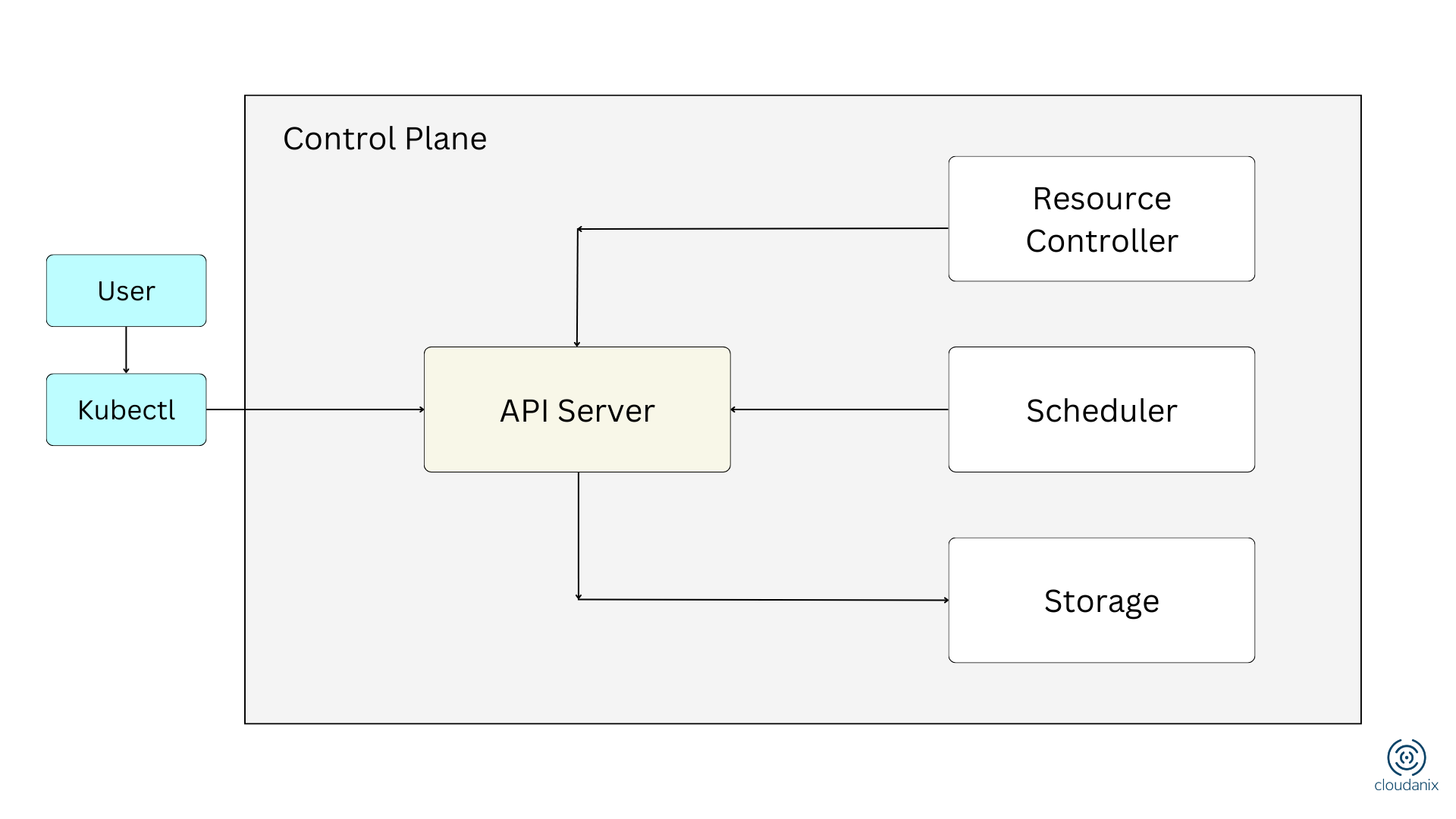
What is Google Kubernetes Engine?
Most scalable and fully automated Kubernetes service
What is Google Kubernetes Engine (GKE)?
Google Kubernetes Engine or GKE is a managed service that is used for deploying containerized applications. It is a fully managed and production-ready Kubernetes service that is easy to deploy, scale, and manage containerized applications on the Google Cloud Platform.
Benefits of using GKE
Google Kubernetes Engine can be a good fit for organizations wanting to deploy containerized applications, gain advantages of GCP’s infrastructure, or eliminate the need for managing the Kubernetes cluster.
We have listed some benefits of using GKE:
- Scalability: GKE clusters can be scaled up or down according to one’s needs.
- Managed Kubernetes cluster: GKE takes care of managing the Kubernetes control plane, so organizations can focus on developing and deploying their applications with ease.
- High availability: GKE clusters are highly available so that your applications never fail.
- Secured: GKE provides various security features to protect organizational assets.
- OS Support: GKE fully supports both Windows and Linux workloads.
- Cost optimization: GKE provides an auto-pilot mode that charges only for the resources used.
How does Google Kubernetes Engine work?
GKE works with the help of a control plane to manage the nodes in a cluster. In general, the control plane focuses on scheduling pods, managing resources, and providing a consistent view of clusters to users. Things like running pods and providing details of the underlying infrastructure of the organization’s assets are taken care of by the nodes in a cluster.
The control plane consists of 3 major components:
- Kubernetes API server: It is considered the main entry point to interact with the Kubernetes cluster.
- Scheduler: It is responsible to schedule pods using nodes in the cluster.
- Controller manager: It manages the state of the cluster (whether pods are running and resources are allotted).
Limitations of using GKE
Overall, GKE is one of the most powerful platforms available for deploying and managing containers. However, some drawbacks carry out using GKE. But organizations should weigh the pros and cons carefully before concluding their decisions.
Below are 5 disadvantages of using GKE:
- Limited customization: GKE being a managed service, users have limited control over the underlying framework. This means, users are not allowed to customize the operating system, kernel, or network configuration of the nodes.
- Bounded: As GKE is a proprietary platform, organizations cannot easily move applications from GCP to another platform in case they decide to switch.
- Limited access to features: GKE does not support all the features that are easily available in the open-source Kubernetes project. Limiting users to use features that are supported by GKE only.
- Complexity: If the user is not familiar with the general Kubernetes, GKE can be complex to use.
- Cost: The resources that are being used, organizations need to pay for them. The cost of GKE varies depending on factors like the resources used, the amount of memory or CPU usage, and the region of the located cluster.
Despite these disadvantages, GKE remains a popular platform for deploying and managing containerized applications.
Most common use cases of Google Kubernetes Engine
Overall, GKE is a versatile platform with widespread advantages. GKE can be used in numerous ways varying with industries and requirements.
We have listed the most common use cases according to GCP:
-
Continuous integration and delivery
GKE’s continuous integration and delivery (CI/CD) helps organizations in different ways such as automatic deployment, testing, and monitoring of containerized applications. -
Migrate workloads
With the help of GKE, organizations can migrate their workloads from on-premise to the cloud, from one Kubernetes to another, or from an older Kubernetes version to a new one. -
Deploy and run applications
GKE is considered a good platform for deploying microservices, web applications, or even batch jobs.
Related Topics
People also read
- Creating CNAME for Google Cloud Functions
- Creating CNAME for Google Cloud Run Service Functions
- Implementing IAM in the Google Cloud Platform (GCP)
- Importance of Kubernetes Security
- Kubernetes Security with Add-On for Spectro Cloud
- What is Kubernetes?
- What is Azure AKS?
- What is AWS EKS?
- Recommended best practices to secure your workloads
Audit Check Resources
- AWS Cloud – Audit checks available for AWS cloud
- Azure Cloud – Audit checks available for Azure cloud
- GCP Cloud – Your data needs highest level of protection
Secure Your Containers With Cloudanix
Cloudanix provides a central dashboard for securing AWS, Azure, GCP, and other cloud platforms through its Cloud Security Platform, which includes features such as CWPP, container security, IAM permission boundaries, misconfigurations, and many more.
